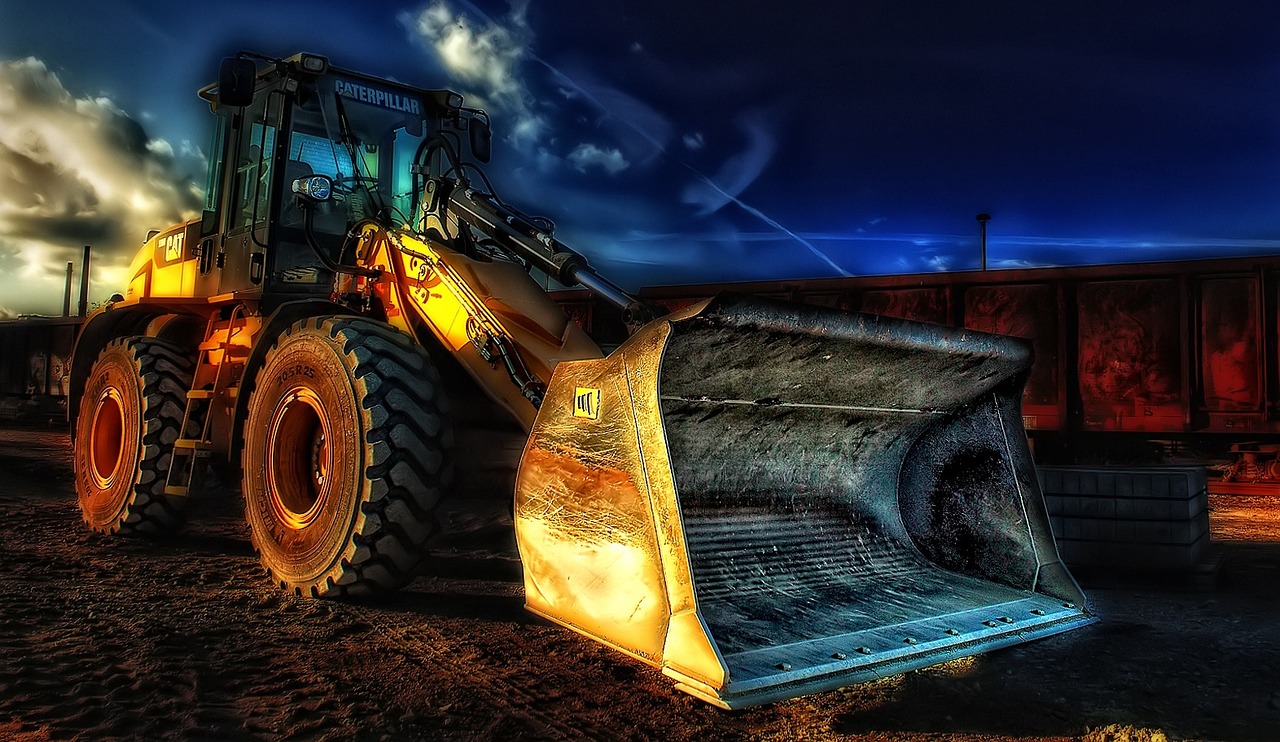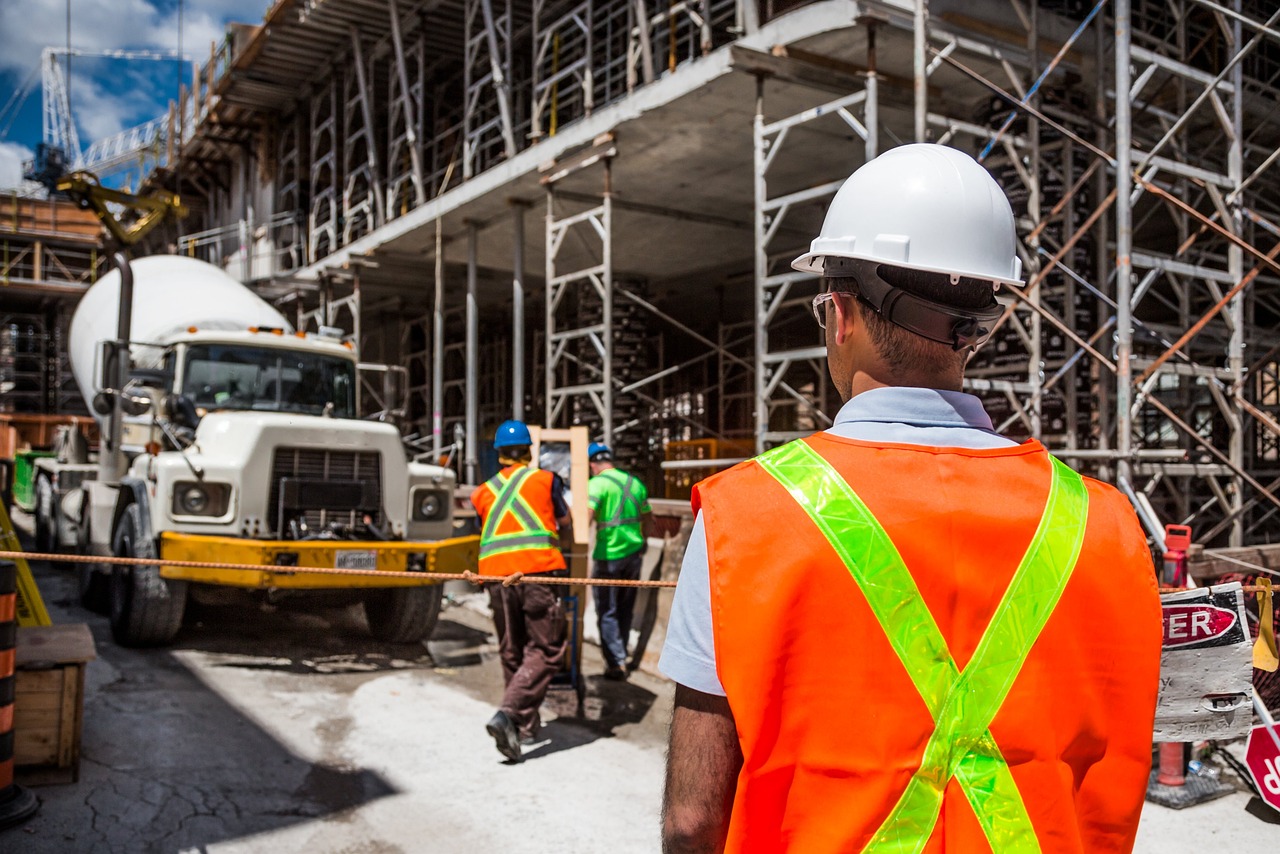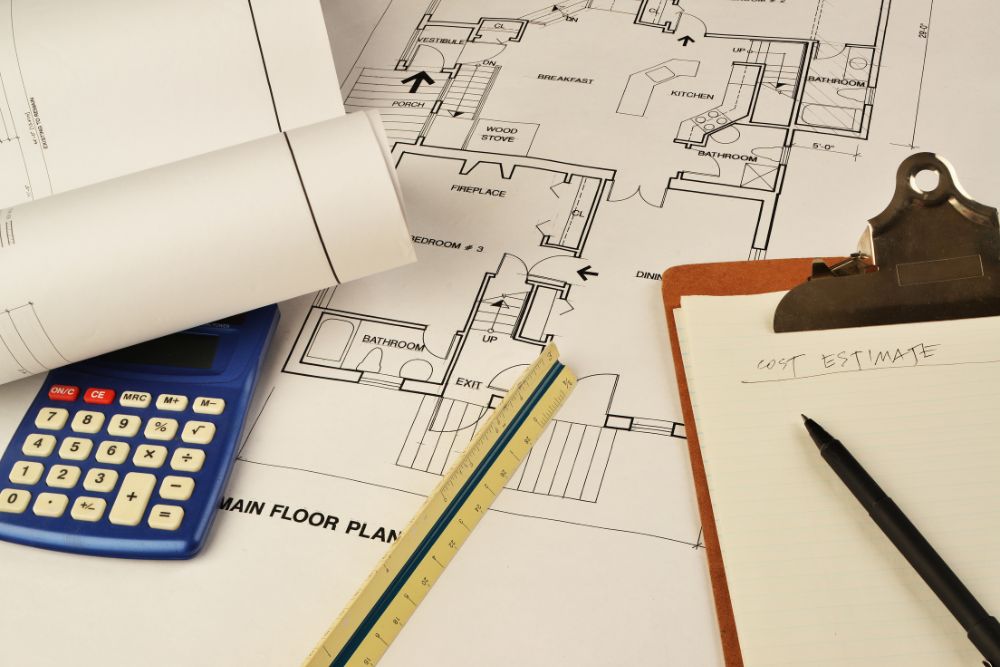When we think of heating systems, boilers, radiators, or furnaces usually come to mind. Yet, the real foundation of any heating system is the network of pipes that move hot water, steam, or fluids to every corner of a building.
Without the right piping, heat distribution becomes uneven, energy efficiency drops, and costs go up. Whether in residential heating, commercial buildings, or industrial plants, pipes ensure warmth, safety, and performance. The choice of pipe material and design directly impacts how well a system works.
In this guide, we will discuss the role of pipes in heating systems for different purposes and why selecting the right type is so important.
How do Pipes Support Heat Distribution?
Pipes are the main carriers of heat in any system. In hot water heating systems, they move warm water from the boiler to radiators or underfloor loops. In steam systems, they carry steam under pressure to heat larger buildings.
Studies show that poorly insulated pipes can lose up to 25–30% of heat before it even reaches the room. This not only wastes energy but also raises heating costs. Good pipe design, the right size, proper layout, and quality insulation keep heat moving evenly and efficiently.
With the right pipes, heating systems provide steady warmth and lower energy bills. They also help extend the life of the equipment in homes, offices, or industrial spaces.
Common Types of Pipes Used in Heating Systems
Heating systems use different pipe materials depending on the scale and purpose of the system. Each type has unique advantages and limitations. ere are the four most commonly used types:
1. Copper Pipes
Copper is one of the most reliable choices for heating systems. It resists corrosion, handles high temperatures, and can last 50 years or more with proper maintenance. Copper pipes are often used in both residential and commercial hot water heating systems. They cost more than other options but provide long-lasting performance.
2. PEX (Cross-Linked Polyethylene) Pipes
PEX pipes are widely used in modern residential heating, especially in underfloor systems. They are flexible, easy to install, and resistant to scaling. With a lifespan of 40–50 years, PEX is cost-effective, but it’s not ideal for high-temperature steam systems.
3. Steel Pipes
Steel, especially black steel, is common in industrial and commercial heating systems. It can withstand high pressure and temperature, making it ideal for steam heating. However, it can corrode if not treated or maintained well.
4. Plastic and Composite Pipes
Plastic and multilayer composite pipes are lightweight and affordable. They work well in low-temperature systems or where flexibility is needed. While not as durable as copper or steel, they are popular in budget-friendly residential projects.
Role of Pipes in Heating Systems
Pipes are the backbone of every heating system. They move heat efficiently from the source to the right spaces. The right design, material, and installation are crucial for achieving even heat distribution and maximizing energy savings.
To better understand their role, let’s look at how pipes function in residential, commercial, and industrial heating systems.
1. Pipes in Residential Heating Systems
In homes, heating pipes make sure warm water or steam reaches radiators, baseboards, or underfloor systems without interruption.
Here’s why residential heating pipes are so important:
- Even Heat Delivery: Pipes distribute warmth evenly throughout rooms, eliminating cold spots.
- Energy Savings: Quality pipes with insulation reduce heat loss and cut utility bills.
- Smooth Flow: Pipes connect boilers, pumps, and valves for steady water circulation.
- Safety: Pipes built for home pressure levels prevent leaks and costly repairs.
- Flexible Use: PEX or copper pipes can run through walls, floors, or ceilings.
2. Pipes in Commercial Heating Systems
Commercial buildings need pipes that work well in large spaces and long piping networks under high pressure.
These pipes play several critical roles in commercial heating systems:
- Wide Heat Coverage: Pipes distribute hot water or steam to multiple floors and units.
- Energy Control: Insulated pipes keep heat inside, reducing waste in large systems.
- System Connection: Pipes link boilers, pumps, and valves for smooth operation.
- Strength: Built to handle frequent use and high pressure with little maintenance.
- Design Flexibility: Pipes fit into ceilings, walls, or floors for complex layouts.
3. Pipes in Industrial Heating Systems
Industrial facilities require pipes that are tough, safe, and built for nonstop use. These pipes manage very high pressure and temperatures.
The main advantages of industrial heating pipes include:
- Strong Heat Transfer: Pipes move hot water, steam, or fluids to boilers and equipment.
- Efficiency: Insulation keeps large systems energy-efficient.
- Safe Operation: Pipes connect boilers, pumps, and valves for controlled flow.
- High Durability: Steel or alloy pipes resist extreme pressure and heat.
- Scalable: Pipes can be designed for complex systems and future expansion.
Key Considerations When Choosing Pipes for Heating
Choosing the right pipes impacts efficiency, reliability, and safety. Here are the most important factors:
1. Pipe Material
Material affects durability, heat transfer, and maintenance.
- Copper: Long-lasting, excellent for hydronic heating.
- PEX: Flexible, corrosion-resistant, ideal for underfloor heating.
- Steel or Stainless Steel: Strong, heat-resistant, best for industrial systems.
2. Pipe Diameter and Sizing
Correct sizing ensures proper flow. Oversized pipes waste energy, while undersized pipes restrict circulation. Always match the diameter to the building’s heating load.
3. Pressure and Temperature Ratings
Pipes must handle the system’s operating pressure and temperature. Residential systems run at lower levels, while commercial and industrial systems need higher ratings.
4. Insulation Requirements
Insulation reduces heat loss and boosts efficiency. Foam, fiberglass, or pre-insulated pipes are especially important for long runs in large buildings.
5. Flexibility and Installation
Installation ease affects project cost and timing. PEX is flexible and easy to route. Copper and steel are more rigid but offer superior durability.
6. Corrosion Resistance and Longevity
Long-lasting systems need corrosion-resistant materials. PEX and stainless steel excel here, while copper works well if water quality is balanced.
Essential Tips for Heating Pipe Installation
Installing heating pipes properly helps your home stay warm, saves energy, and prevents problems later. Here are some simple tips:
- Plan Your Pipe Path: Avoid extra bends and long loops so water flows smoothly.
- Pick the Right Pipes: Use pipes like PEX, copper, or steel that fit your heating system.
- Insulate Pipes: Insulation keeps heat in and stops pipes from freezing.
- Keep Pipes Straight and Sloped: Slight slopes help water move, and straight runs prevent issues.
- Secure Pipes: Use brackets or clamps to keep pipes steady and reduce noise.
- Check for Leaks: Test all joints before finishing the installation.
- Follow Instructions: Stick to the manufacturer’s guidelines for safe, efficient installation.
FAQs
What are the benefits of a two-pipe heating system?
A two-pipe heating system works efficiently with a high-efficiency furnace, improving heating and cooling performance. It also brings in fresh air from outside, keeping your home’s air clean and healthy.
What is a disadvantage of using a one-pipe heating system?
A one-pipe heating system can be less efficient because heat is delivered sequentially, so rooms farther from the furnace may not get warm enough. It also provides less control over individual room temperatures.
What is a 4 pipe heating system?
The 4-pipe system has two separate coils, one for heating and one for cooling. Each coil has its own set of supply and return pipes with a dedicated valve. This setup allows the system to heat and cool at the same time, independent of the building’s current mode.
What pipes are used for central heating?
Central heating systems use 15mm copper pipes for radiator circuits. The pipes that connect the boiler, pump, and circuit branches are larger, usually 22mm or 28mm. This allows proper water flow.
What is the role of pipe insulation on a central heating system?
Pipe insulation keeps hot water at the right temperature. It also prevents condensation on cold pipes and improves the system’s overall efficiency. This helps maintain a comfortable and energy-efficient home.
Conclusion
Heating system pipes are the backbone of any home, office, or industrial heating system. They carry heat efficiently, save energy, and keep the system safe.
Knowing the role of pipes in heating systems for different purposes helps you pick the right material, size, and insulation. This ensures consistent warmth and lower heating bills.
Copper, PEX, steel, or composite pipes can all be used. The right choice depends on your system and building type. Proper installation and layout prevent leaks, heat loss, and other problems. This keeps your heating system running smoothly for years.
For help with planning, pipe selection, and heating system estimates, contact Prime Estimation. Our piping estimating services will guide you through every step of your residential or commercial heating project.













